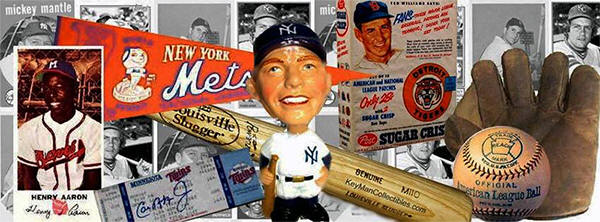| |
George Brace, was an assistant
to renown baseball photographer George
Burke, who photographed ballplayers
from the turn of the 20th century
through the 1940s. Brace took over the
studio after Burke's death in 1951, and
with exclusive rights to the original
negatives, continued to distribute
Burke's photos & photographing players
into the early 1990's.
Photographer Jim Rowe who worked in the studio with Brace used original
George Burke/Brace negatives to produce
postcards on Kodak Photograph paper
Postcards. In
1907, Kodak introduced a service called
“real photo postcards” (“RPPCs”), which
enabled customers to make a postcard
from any picture they took. The
postcard back with the heading "Photo Post Card"
with the stamp box wording "Kodak,
Paper" dates to 1950 and later.
The Jim Rowe postcards
feature a Borderless black-&-white
photo on the front, and the back, a
standard Kodak postcard with no mention
of issuer. The players name was
typically penned in at the top. Rowe
distributed Real Photo Post Cards
through James T. Elder, a
sports card dealer that ran a
mail-order business out of Odessa,
Florida.
The James Elder postcards did
generally have a bordered black-&-white
photo, and at the bottom, a wider
margin, presumably allowing a for
autographs. The back had the standard
Kodak RPPC format but with a stamped
catalog number from 1 to 1400, which
includes 75 Hall of Fame players.
Elder was a regular
advertiser in hobby publications such
as "The Sports Trader" (pictured below
left column). The ad would read;
"Baseball Postcard Photos 1920-1966.
All photos are excellent poses and are
printed on quality postcard stock." The
cards were .25¢ each and were mailed
out postage prepaid. Minimum order of
$1.00.
The post cards were to be
ordered by the catalog number and
players name. A complete set of 950
different postcard photos cost $180.00,
in 1966. The full 1,400 postcard set by
1968 cost $280.00.
Upon request Elder sent out a 20-page
price list.
|
|


